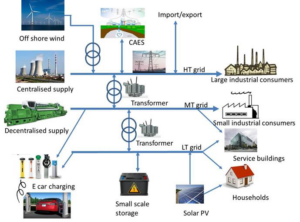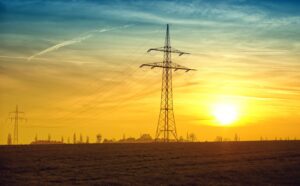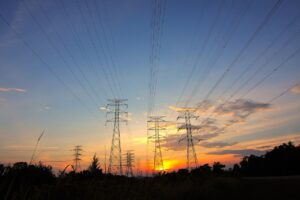Hernandez Serna, R.
Publicaties van Hernandez Serna, R.
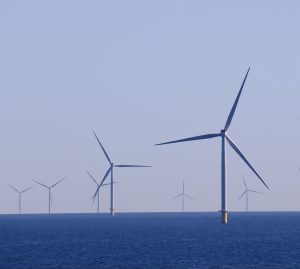
Whitepaper: winstgevendheid offshore wind in 2030
De huidige marktontwikkelingen maken de energiemarkt volatieler: onder andere de toenemende hernieuwbare capaciteit, de industriële elektrificatie, de gas- en CO2-prijzen en de behoefte aan netverzwaringen dragen hieraan bij. Deze trends, samen met de uitfasering van subsidies, leiden tot toenemende risico’s voor offshore windbedrijven. Scenario lage elektrificatie Het scenario met lage elektrificatie volgt de KEV (Klimaat- […]
Lees meer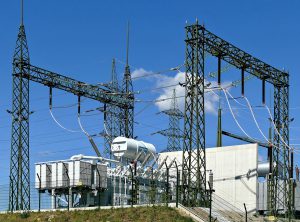
Biedzones voor meer flexibiliteit in de energietransitie
Wat zijn biedzones? De Europese elektriciteitsmarkt is opgedeeld in biedzones, waarbij voor de meeste landen geldt dat elk land één biedzone vormt. Binnen een biedzone kunnen transacties worden aangegaan zonder rekening te houden met eventuele congesties in het net. Tussen biedzones ontstaan wel prijsverschillen als gevolg van beperkte interconnectiecapaciteit. Door meer biedzones worden de beperkingen […]
Lees meer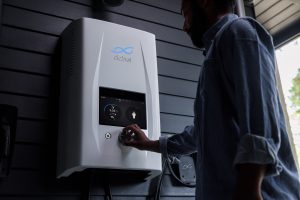
De rol van vraagsturing in het Nederlandse elektriciteitssysteem 2030-2050
Wat is demand response (DR)? Vraagsturing, of demand response (DR) is een vorm van flexibiliteit om de elektriciteitsvraag en het aanbod beter op elkaar af te stemmen. Dit kan door (via software) productieprocessen te activeren als er meer aanbod van elektriciteit is. Ook in huizen kan met slimme apparatuur het gebruik van elektriciteit worden afgestemd […]
Lees meer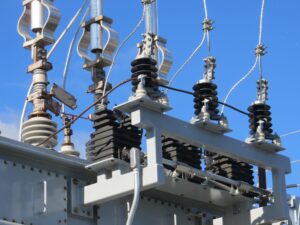
Electricity network – High Voltage
HVAC overhead lines typically transport electricity in the transmission network. Only in Europe, there are over 474 thousand kilometres of HVAC lines [10]. Underground cables also carry electricity at high voltages. Nevertheless, the initial cost of the underground transmission system is higher compared to the overhead lines since it requires digging and trenching. HVAC lines […]
Lees meer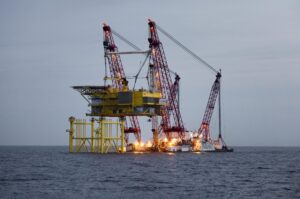
Electricity Network Offshore
Offshore power transmission is better suited for HVDC (high voltage direct current) technologies than the usual AC (alternate current). Using AC, the transmission voltages are standardized at 220kV, whereas HVDC cables can transport power at higher voltages. Furthermore, the AC cable creates difficulties since reactive compensation cannot be installed in the middle of the route, […]
Lees meer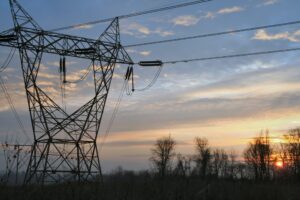
Power Transformer HV-MV
A transformer is an electrical machine that, based on the principles of electromagnetic induction, transfers energy from one electrical circuit to another, without changing the frequency. During the transfer, the voltage and current change. A transformer increases or decreases the alternating current when necessary. Transformers are highly customizable and can be attached with cooling systems, […]
Lees meer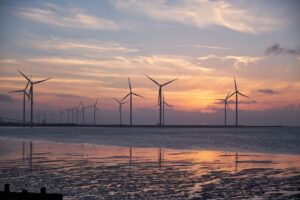
Power transformer Offshore HV
CSC have been commercially in use since the 50s, making it a well-established technology, based on the use of high power thyristors. The technology is widely used for back-to-back links between asynchronous grids. Due to its conversion technique, these converters absorb reactive power from the adjacent AC grid, generating harmonic currents having a negative impact […]
Lees meer